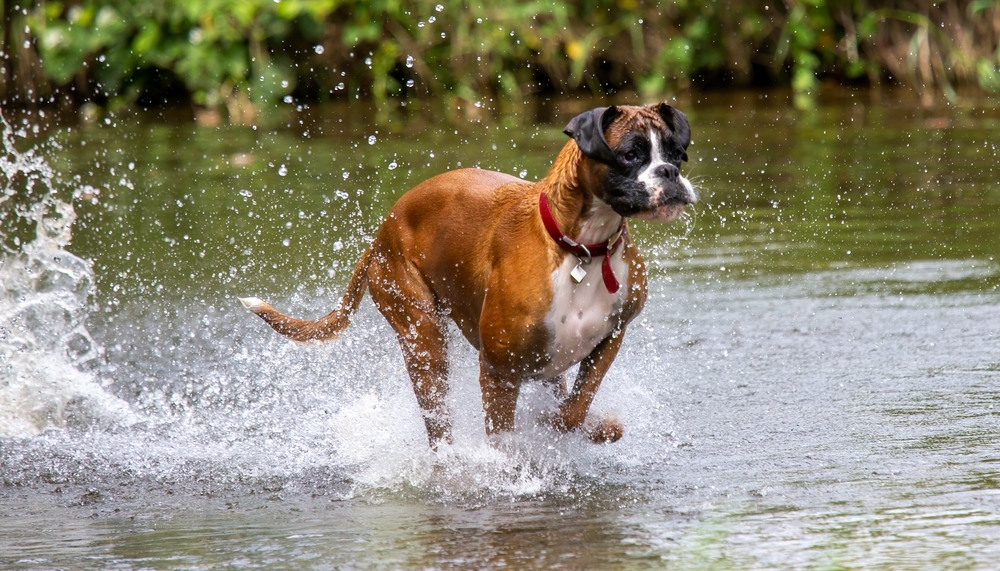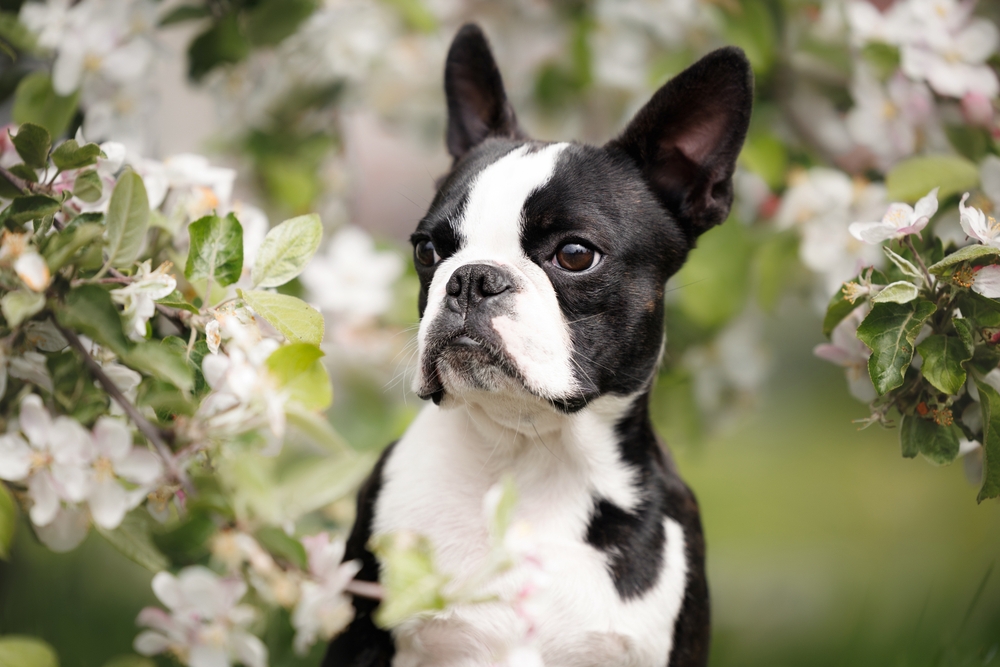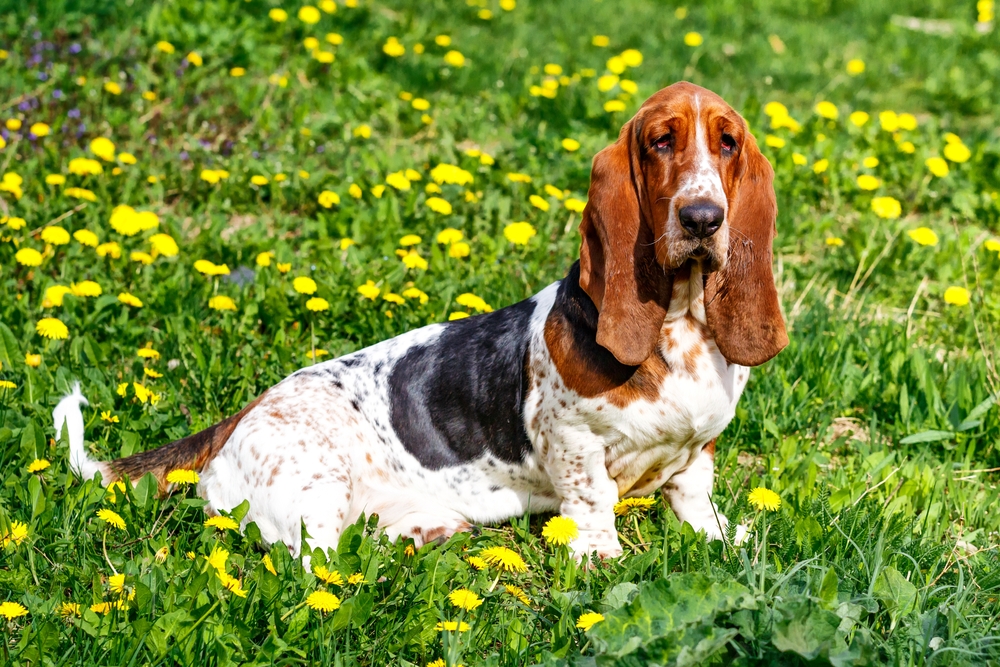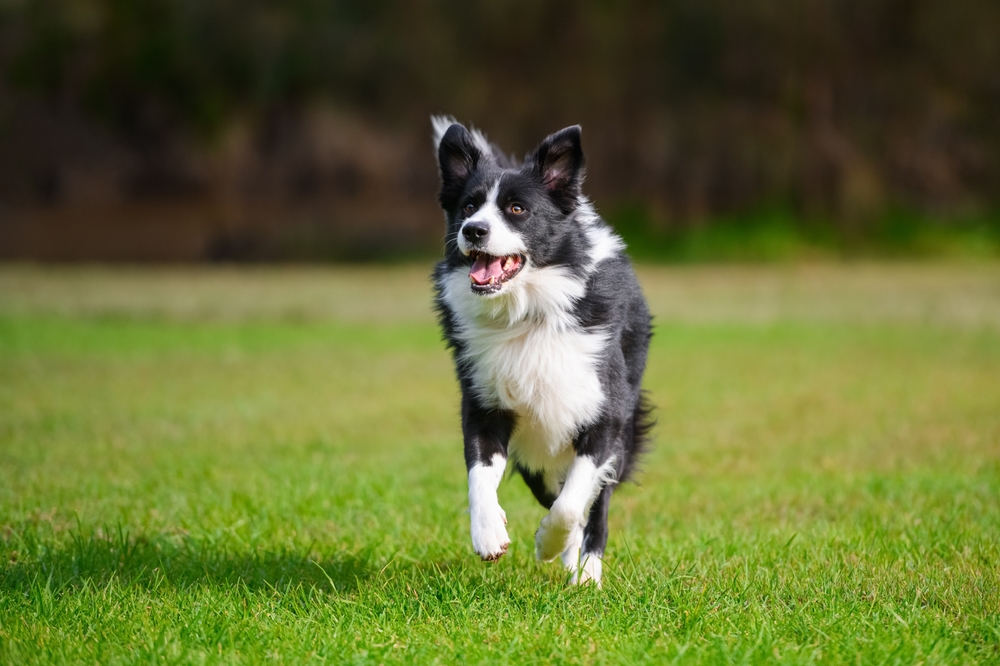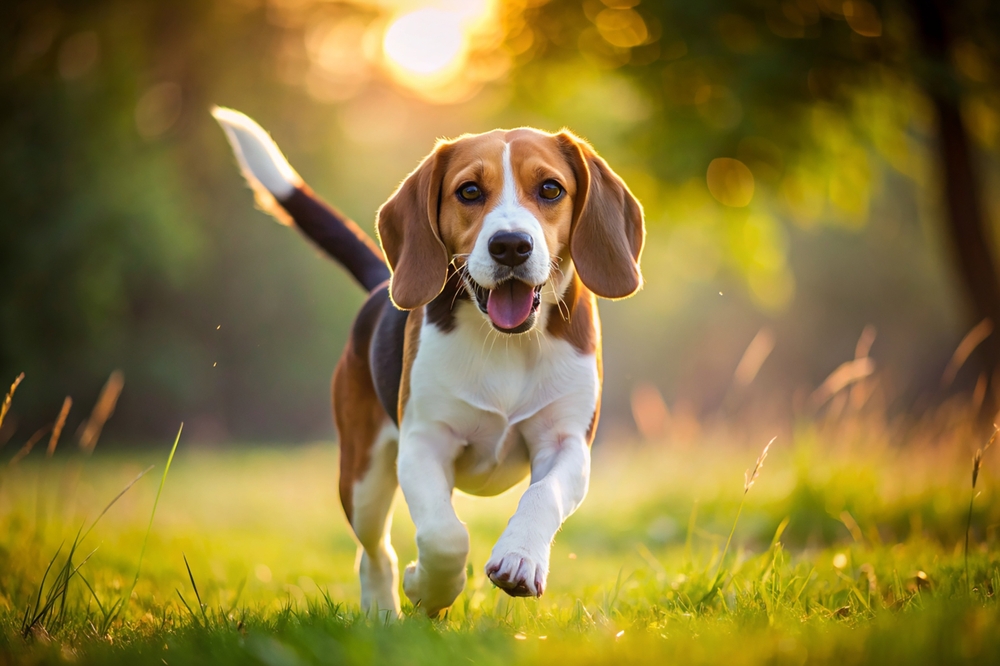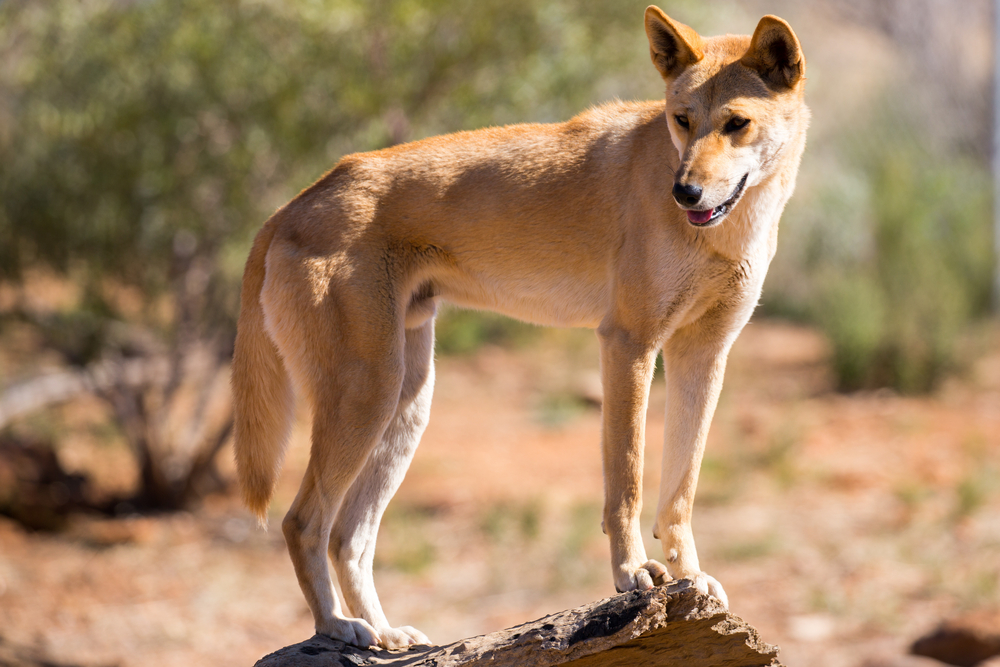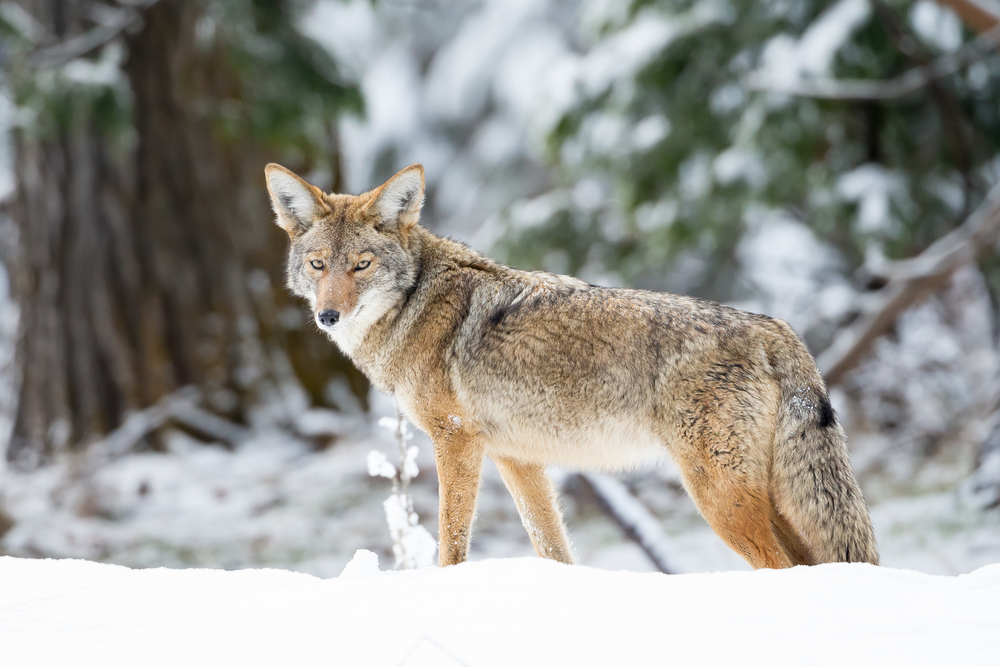The Boxer’s closest relatives are other molosser-type working breeds, particularly the Bulldog and the now-extinct Bullenbeisser, which were key in the breed’s development. It also shares ancestry with Mastiff-type dogs used historically for guarding and hunting large game.
About
The Boxer is a strong, athletic, and affectionate working breed renowned for its playful spirit, protective instincts, and boundless energy. Originating in Germany during the late 19th century, the Boxer was developed from the Bullenbeisser, a now-extinct mastiff-type hunting dog, and the English Bulldog. Initially bred for hunting large game and later used in military and police work, the breed is now best known as a devoted family companion. The Boxer’s scientific name is Canis lupus familiaris, and it belongs to the family Canidae.
Medium to large in size, Boxers typically stand 21–25 inches (53–63 cm) at the shoulder and weigh 50–80 pounds (23–36 kg). They have a sleek, short coat that comes in fawn, brindle, or white, often with a black mask and white markings. Their well-muscled bodies, square build, and powerful limbs give them both speed and endurance. Boxers are brachycephalic, with a distinct short muzzle and strong jaw, which historically aided them in gripping prey. Their expressive, dark eyes and alert ears reflect their intelligent and curious nature.
Boxers are highly social and form strong bonds with their families, showing both gentleness with children and vigilance as watchdogs. They are playful well into adulthood, often referred to as the “Peter Pan” of the dog world. Their intelligence and trainability make them excellent in obedience, agility, and even therapy work, though their high energy levels require consistent exercise and engagement.
Despite their athleticism, Boxers thrive in a home environment where they receive plenty of love, companionship, and mental stimulation. With their mix of loyalty, protective instincts, and clownish charm, they continue to be one of the most popular and cherished breeds worldwide.
Physical Characteristics
Boxers are medium to large-sized working dogs known for their muscular build, athletic ability, and expressive faces:
Coat: They have a short, smooth, and tight-fitting coat that lies close to the body. Common colors include fawn (light tan to mahogany), brindle (with black striping), and white markings, often on the chest, face, and paws.
Face: Boxers have a distinctive square-shaped muzzle with a strong underbite (undershot jaw), a broad black nose, and dark, expressive eyes. Their short muzzle classifies them as brachycephalic, giving them their characteristic look. Ears are naturally floppy, though in some regions they are cropped to stand upright (where legal).
Body: The breed has a deep chest, strong back, and well-developed muscles, giving an impression of power and agility. The neck is arched and strong, leading to a level topline and slightly tucked abdomen.
Tail: Traditionally docked in some countries (though increasingly left natural), the tail is set high and carried with energy.
Size:
-
Length (Body): Approximately 22 to 26 in (56 to 66 cm) from chest to rump.
-
Shoulder Height:
-
Males: 23 to 25 in (58 to 64 cm)
-
Females: 21.5 to 23.5 in (55 to 60 cm)
-
Weight:
-
Adult Female: 55 to 65 lbs (25 to 29 kg)
-
Adult Male: 65 to 80 lbs (29 to 36 kg)
Boxers’ physical characteristics combine strength, endurance, and agility. Their muscular frame, square muzzle, and alert expression make them easily recognizable, while their build allows them to excel in protection work, agility, and active companionship.
Reproduction
The reproductive cycle of Boxers follows the general domestic dog pattern, with some breed-specific considerations for health and whelping:
1. Mating and Courtship:
Boxers typically reach sexual maturity between 6 and 9 months, but responsible breeding is delayed until females are at least 18–24 months old and males are fully matured. Courtship often includes playful interaction and scent-marking.
2. Estrus Cycle:
Females generally enter heat twice a year, with each cycle lasting about 2–3 weeks. The most fertile period usually falls between days 9–14, but timing varies among individuals.
3. Gestation:
The average gestation period is 63 days (about 9 weeks). Pregnant females should be fed a nutrient-rich, high-quality diet and given moderate exercise. Veterinary monitoring is recommended, as Boxers can be prone to birthing complications in rare cases due to their relatively broad shoulders and chest.
4. Birth of Puppies:
Typical litter sizes range from 6 to 8 puppies, though litters of 4–10 are possible. Puppies are born blind, deaf, and entirely dependent on their mother for warmth, cleaning, and feeding.
5. Care and Nurturing:
For the first 3–4 weeks, the mother provides nursing, warmth, and cleaning. Puppies open their eyes around 10–14 daysand begin walking soon after.
6. Weaning and Socialization:
Weaning begins around 4 weeks, with gradual introduction to soft puppy food. Early socialization between 4–12 weeks is critical for Boxers, as they are intelligent and high-energy dogs who benefit from positive exposure to people, animals, and environments.
7. Independence:
By 8–10 weeks, puppies are generally ready for rehoming, though some breeders keep them until 12 weeks to ensure strong temperament development and health.
Because Boxers are prone to genetic conditions such as hip dysplasia, certain heart diseases (like aortic stenosis and cardiomyopathy), and some cancers, responsible breeders conduct comprehensive health screenings before mating.
Lifespan
Lifespan in the Home Environment:
Boxers typically live 9 to 12 years, with some reaching 13 or more when given excellent care, proper nutrition, and regular veterinary attention.
Lifespan in Working or Sporting Roles:
Actively working Boxers—such as those in protection sports, agility, or service work—often maintain peak fitness for longer, but the physical demands can sometimes shorten their lifespan, especially if injuries occur.
Common Health Factors Affecting Lifespan:
-
Cancer: Boxers have a higher-than-average risk of cancers such as lymphoma and mast cell tumors.
-
Heart Disease: Conditions like aortic stenosis and Boxer cardiomyopathy (arrhythmogenic right ventricular cardiomyopathy) are relatively common.
-
Hip Dysplasia: Can affect mobility and quality of life in later years.
-
Brachycephalic Concerns: Their short muzzle can contribute to breathing difficulties, especially in hot or humid weather.
-
Degenerative Myelopathy: A progressive spinal cord disease that can appear in senior years.
-
Bloat (Gastric Dilatation-Volvulus): Though not as common as in deep-chested giant breeds, it is still a concern.
Ways to Maximize Lifespan:
-
Maintain a healthy weight and provide daily exercise to support muscle tone and cardiovascular health.
-
Feed a high-quality diet rich in antioxidants and omega fatty acids to support immune and heart health.
-
Schedule regular veterinary checkups with specific screenings for heart disease and cancer.
-
Avoid overexertion in high heat due to brachycephalic breathing limitations.
With attentive health management, Boxers can remain playful, affectionate, and active well into their senior years, continuing to be loyal and loving family companions.
Eating Habits
Diet:
Boxers require a nutrient-dense diet to support their active, muscular build and high energy levels. A quality commercial kibble or balanced raw/home-prepared diet (formulated under veterinary guidance) should contain lean animal protein, healthy fats, complex carbohydrates, vitamins, and minerals. Protein sources such as chicken, beef, lamb, or fish help maintain muscle mass.
Feeding Schedule:
-
Puppies (under 6 months): 3–4 small meals daily to support rapid growth and stable energy levels.
-
Adults: 2 meals per day to maintain consistent energy and reduce the risk of bloat.
-
Seniors: May require fewer calories while maintaining protein intake to preserve muscle mass.
Eating Behavior:
Boxers generally have healthy appetites and may eat quickly, which can increase the risk of bloat. Using slow-feeder bowls can help moderate eating speed. They benefit from portion control to prevent excess weight, which can worsen joint, breathing, and heart issues.
Special Considerations:
-
Bloat Precaution: Feed smaller portions, avoid vigorous activity immediately before and after meals, and provide water throughout the day rather than in large amounts all at once.
-
Joint & Heart Health: Diets containing omega-3 fatty acids, glucosamine, taurine, and L-carnitine can help support their cardiovascular system and joints.
-
Food Sensitivities: Some Boxers are prone to skin and digestive allergies; limited-ingredient diets can help manage symptoms.
Treats and Extras:
Healthy snacks include carrot sticks, blueberries, apple slices (without seeds), and small training treats. Avoid high-fat, salty, or sugary human foods.
A well-measured, high-quality diet—paired with regular exercise—helps keep Boxers lean, energetic, and in optimal condition for their active lifestyle.
Uniqueness
The Boxer is a versatile working breed with a blend of strength, agility, and personality traits that make it stand out among dogs:
Playful Spirit with Protective Instincts:
Boxers are known for their joyful, clownish nature around family while also being vigilant and protective when needed. They strike a unique balance between affectionate companion and capable guardian.
Expressive Communication:
They are highly expressive dogs, often using a combination of body language, vocalizations, and even “kidney bean” dances—spinning in half circles when excited—to communicate.
Athletic Powerhouse:
With a muscular, agile build and strong hindquarters, Boxers excel in sports like agility, obedience, and protection work, as well as active family life.
Natural Guarding Ability:
Without being aggressive by default, Boxers are alert and fearless, making them excellent watchdogs who instinctively protect their home and loved ones.
Extended Puppyhood:
Boxers mature slowly, often retaining their puppy-like energy and playfulness well into their adult years, which adds to their charm but requires consistent training.
Cultural and Historical Roots:
The breed originated in Germany in the late 19th century, developed from the Bullenbeisser and English Bulldog, and was initially used for hunting large game and as a working and military dog.
Loyalty and Family Bond:
Boxers form strong emotional connections with their families and are known for their gentle, patient nature with children when properly socialized.
Boxers’ combination of athletic ability, protective instincts, and joyful personality makes them a beloved breed worldwide—equally at home as a family dog, working partner, or competitive athlete.
Be the First to Share Photos of This Species.
FAQ’s
1. What is the closest species to the Boxer?
2. How does the Boxer compare to other working dogs?
Boxers are more playful and affectionate than many working breeds, often displaying a clownish energy alongside their guarding ability. While Rottweilers and Doberman Pinschers tend to be more reserved and focused, Boxers combine protectiveness with a joyful, social temperament. They also have greater agility and a lighter frame compared to bulkier working breeds, making them excel in sports like agility and obedience in addition to protection work.
3. What national parks provide the best chances to see a Boxer?
Boxers are a domesticated breed and not found in the wild, but you can often see them in dog-friendly national and state parks where leashed pets are welcome, such as:
-
Acadia National Park (Maine) – Carriage roads and some trails allow leashed dogs.
-
Shenandoah National Park (Virginia) – Multiple pet-friendly trails and campgrounds.
-
Cuyahoga Valley National Park (Ohio) – Popular for hiking with leashed dogs.
You’ll also find Boxers in many urban-adjacent green spaces and active recreation areas, where their high energy and love of outdoor activity make them frequent companions on the trail.



































































